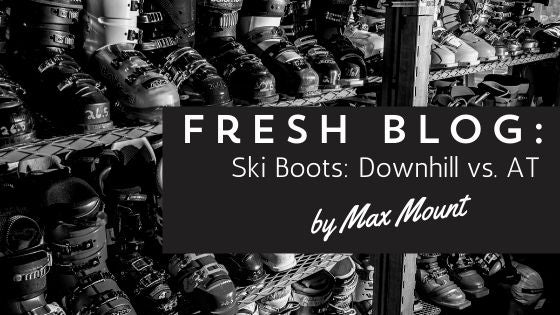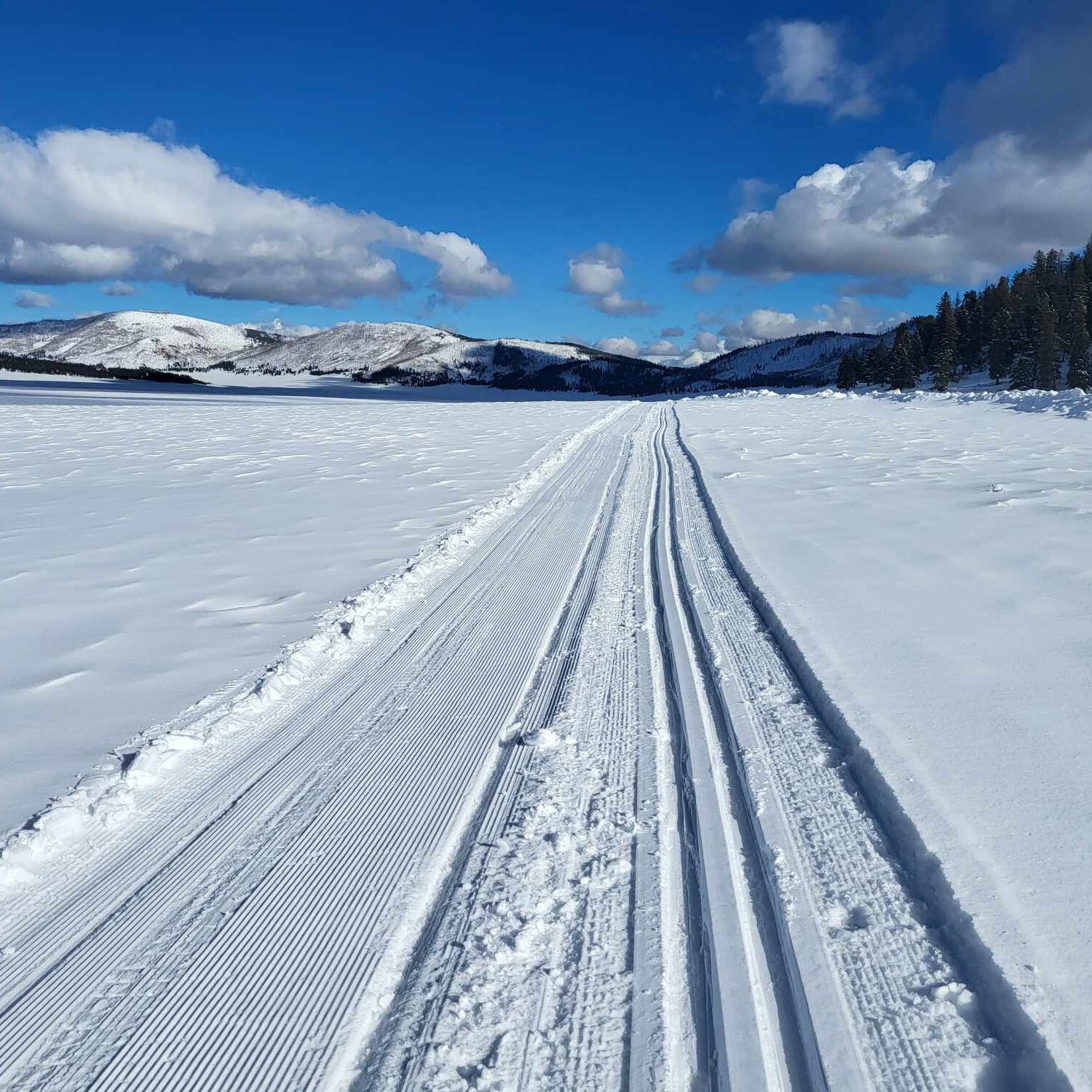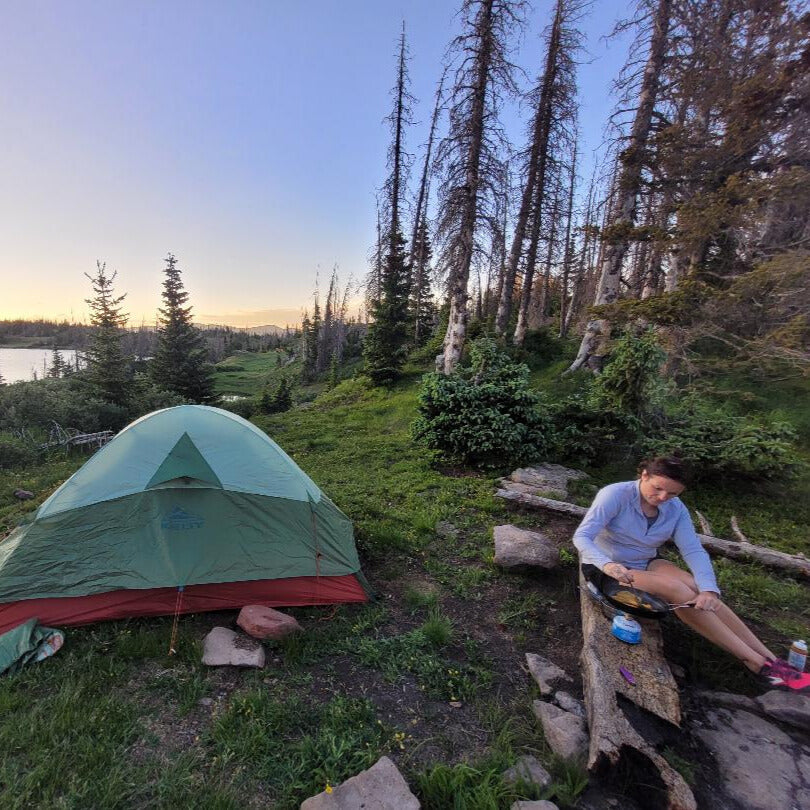Your Cart is Empty
accepting gear drop offs Mon-Sat 10am-5pm. No Consignment acceptance on Sundays.
accepting gear drop offs Mon-Sat 10am-5pm. No Consignment acceptance on Sundays.

Thinking about trying out skiing this winter and looking for affordable ski boots? You've come to the right place! There are likely tons of ski boots on the shelves of the shop and while they all look similar, there are some distinct differences that are important when choosing the perfect boot for your new winter adventures.
Alpine Touring Boot. Alpine touring boots are designed specifically for backcountry skiing. AT boots offer the lightest and most efficient way to travel in the back country but are not designed for resort skiing. AT boots are packed with technology such as a walk mode allowing for a more efficient uphill skiing. AT boots also require a specialized pin binding. This boot is recommended for experienced backcountry skiing only.
Downhill Ski Boots.Downhill ski boots are the resort specialists. They are the most commonly used boot and are designed to offer the most controlled and comfortable ride down any resort slope. Downhill boots use a more traditional alpine binding with toe and heel pieces but cannot be used in a pin binding and are not recommended for backcountry excursions. This is the recommended boot for the average skier who is spending their day at purgatory and other resorts.
Hybrid Ski Boots. Hybrid ski boots are the mixture of Alpin Boots and Downhill boots. They offer a great way to blend resort skiing and backcountry skiing into one boot. Hybrid boots allow the integration of both pin bindings and alpine bindings. Hybrid boots are not as efficient uphill climbers as a true Alpine Touring boot and not as efficient as a Downhill boot when it comes to everyday resort skiing. This boot is recommended for experienced skiers who are spending time in both the backcountry and the resorts.

Thanksgiving is almost here–and skiing this early is always a gamble. Here are some non-skiing warm(er) weather destination ideas for the long break.

Just a couple hours from Durango, Valles Caldera is a great cross-country skiing destination, with surprisingly good snow and very few visitors.
Valles Caldera National Preserve is a popular hiking destination in the summer and a surprisingly great skiing destination in the winter.

When spending one night (or many) in the backcountry, a warm dinner at night and hot beverage in the morning can make the difference. That invariably involves using a stove of some sort–but which one?
Stove technology has been around for decades, but new tech is making them lighter, more efficient, and more dependable than ever before. Here’s a rundown of the different kinds of backpacking stoves: